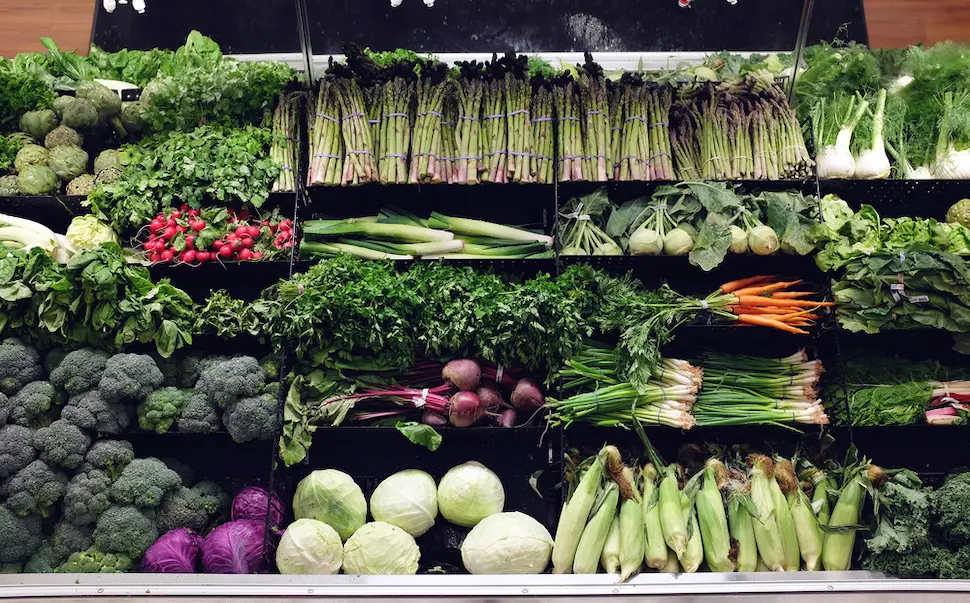Blog


Eating Healthy on a Budget
With grocery prices continuing to rise, it’s important to know what are some healthy foods that can be cheaper and versatile in various meals. Here’s some examples:
Generally Cheaper Macro Nutrient Options:
- Protein: Eggs, Canned Tuna, Whole chicken, Tofu, Flank/Tri tip Steak
- Carbs: Lentils, Potatoes, Beans, Oats
- Fats: Sunflower Seeds, Peanuts, Extra Virgin Olive Oil
Generally Cheaper Fruit and Vegetables:
- Fruit: Bananas, Seasonal Apples, Melon, Oranges, Frozen Berries
- Vegetables: Cabbage, Carrots, Beets, Romaine lettuce (not in a bag), Frozen Spinach
So how can you fit these foods more regularly into your diet? Some tips include:
- Plan your meals. Pick one day each week to plan for upcoming meals. Scan your fridge and cabinets to see what you already have and try to plan meals based around your own food stock.
- Stick to your list. Shop the perimeter of the store first, this is where the whole foods are generally placed. Typically, the middle of the store contains the most processed foods. When shopping these aisles look at the top and bottom of the shelves, eye level is typically where the most expensive items are kept.
- Avoid dining out. Because the cost of food is rising, that means the cost of food service is going up, too. Try to limit eating out to one time for every paycheck whether that’s on a weekly or biweekly basis.
- Cook large portions to allow enough food for leftovers. These can be stored in the fridge for 3-4 days or can be frozen to use at later time. This cuts down on food waste which equals money.
- Avoid shopping when you are hungry. This leads to impulse buying.
- Shop generic and store brand items.
- Purchase in-season produce. In-season produce is typically cheaper than out of season items. Going to a local farmer’s market would also offer a variety of in-season options that are much cheaper than the supermarkets.
- Buy frozen fruits and vegetables. At your local store, frozen fruits and vegetables are generally cheaper than fresh.
- Buy nonperishable items in bulk.
- Consider growing your own garden! This is a great way to stay active, save money, and enjoy fruits and vegetables at peak freshness.
- Consider grocery shopping online or using apps such as Instacart or Walmart. Most stores have free pickup! Shopping online will help decrease impulse buying and help you stick to purchasing only what you need. *Bonus: it saves time as well.
- Buy produce online through companies such as Misfits Market or Imperfect Foods. Great options but with slight imperfections. These will also be shipped straight to your door!
- Do not buy more produce than you can use in a week otherwise you run the risk of spoiling. You can buy fresh produce that you plan to use for the week, but then also have frozen and canned options available as quick backups!
Check out our new video Grocery Shopping with Inflated Prices for some more great tips on making the most of your budget during shopping trips. We know this is a stressful time, but with some planning and preparation we hope this can help you stay on track with your weight loss and not break the bank!
Olivia Dupuy MA, RD, LD